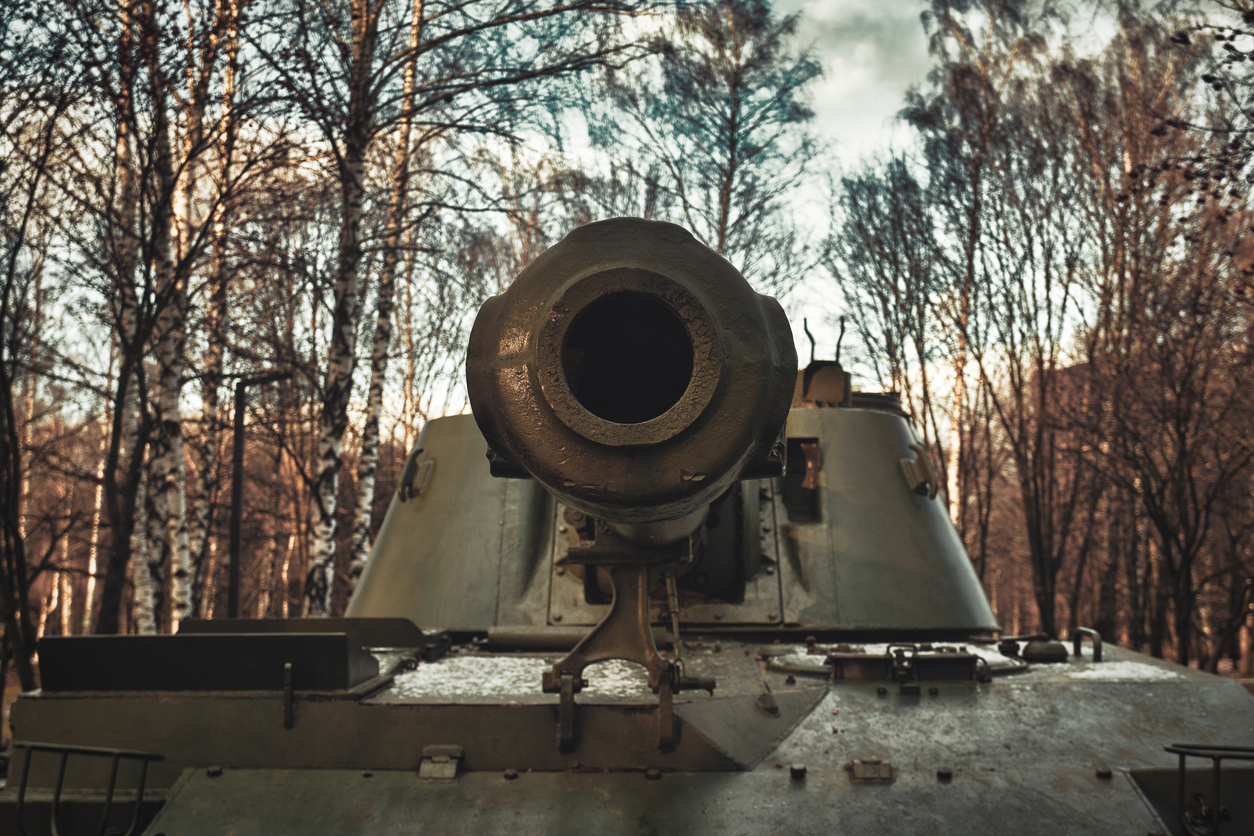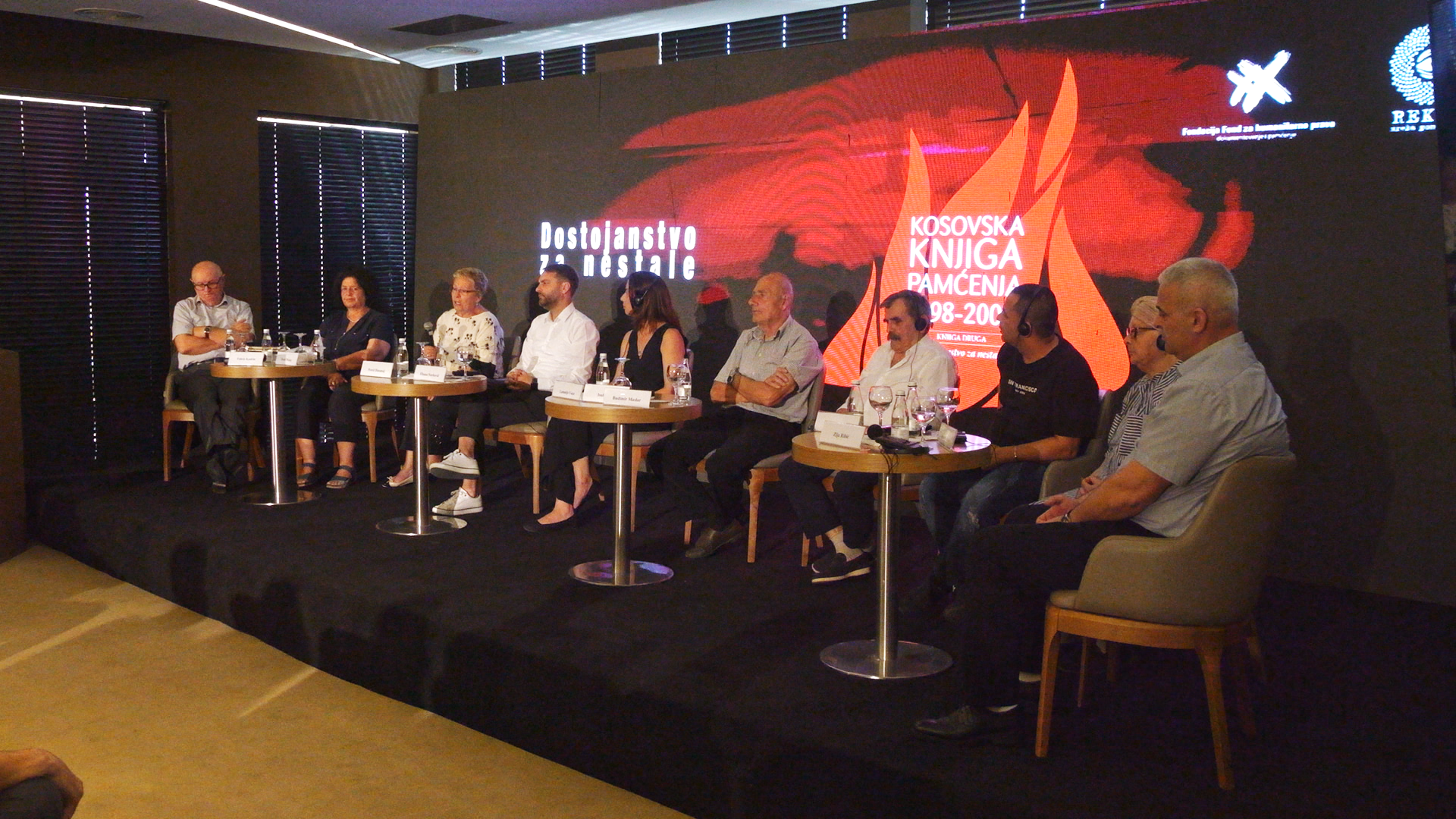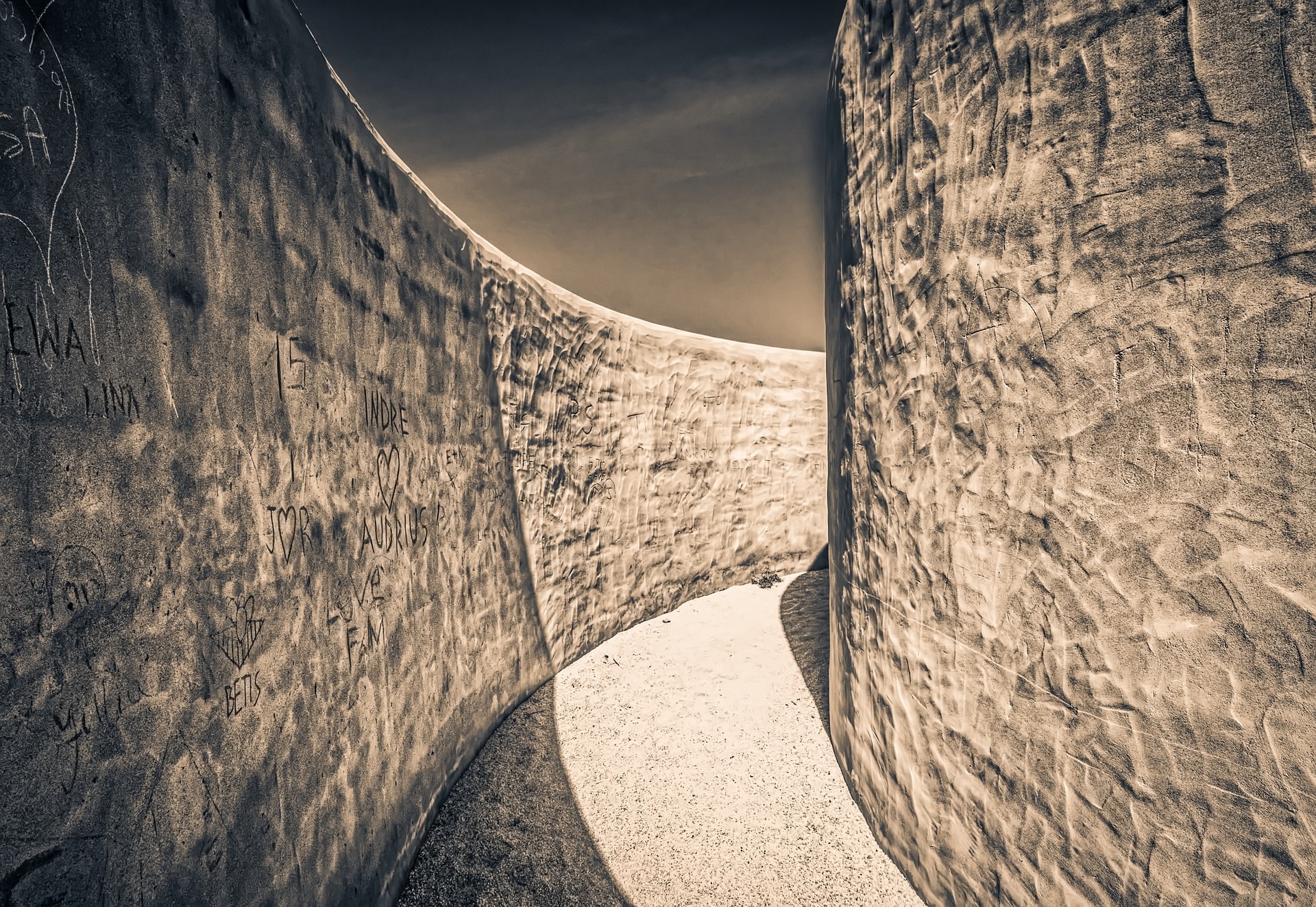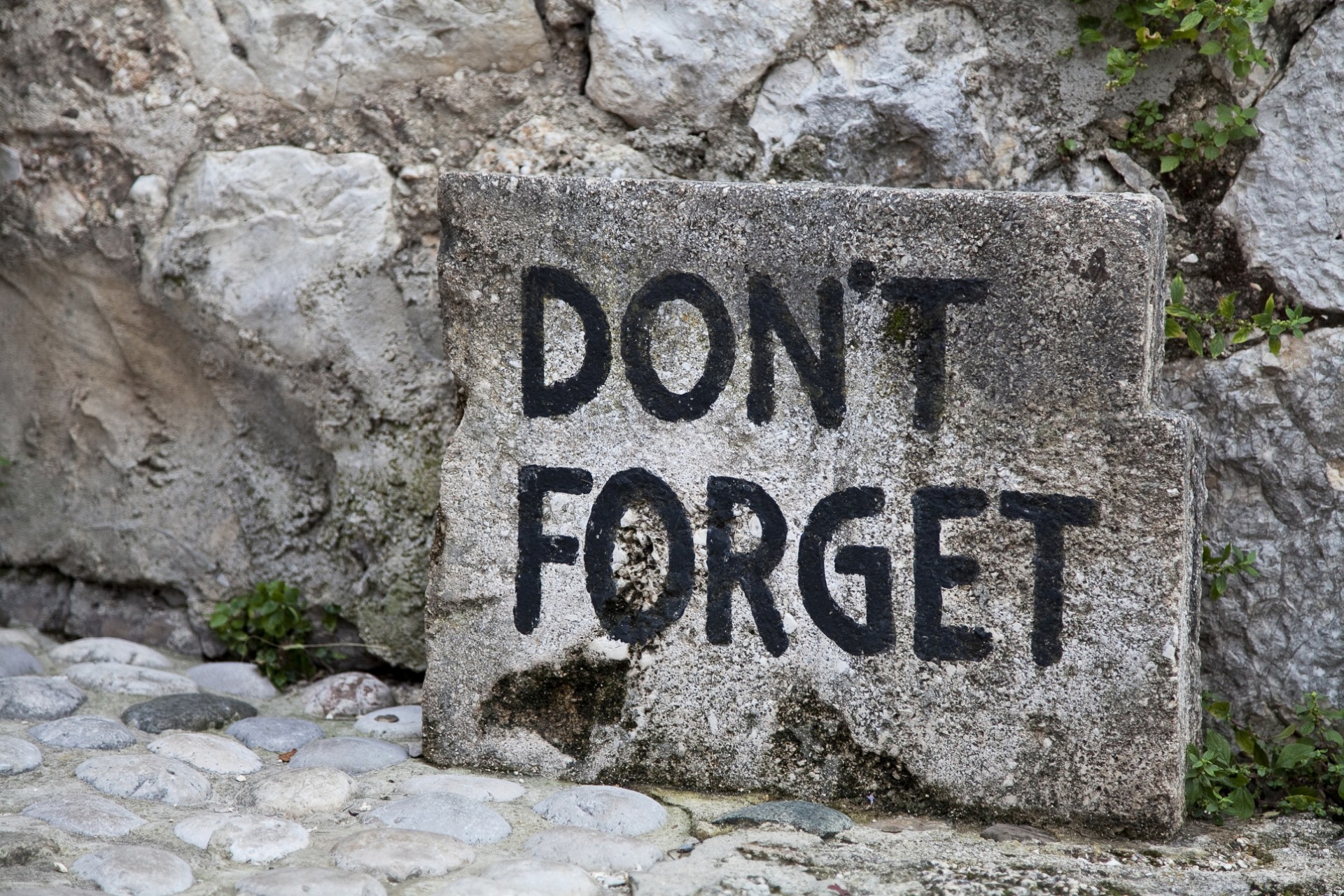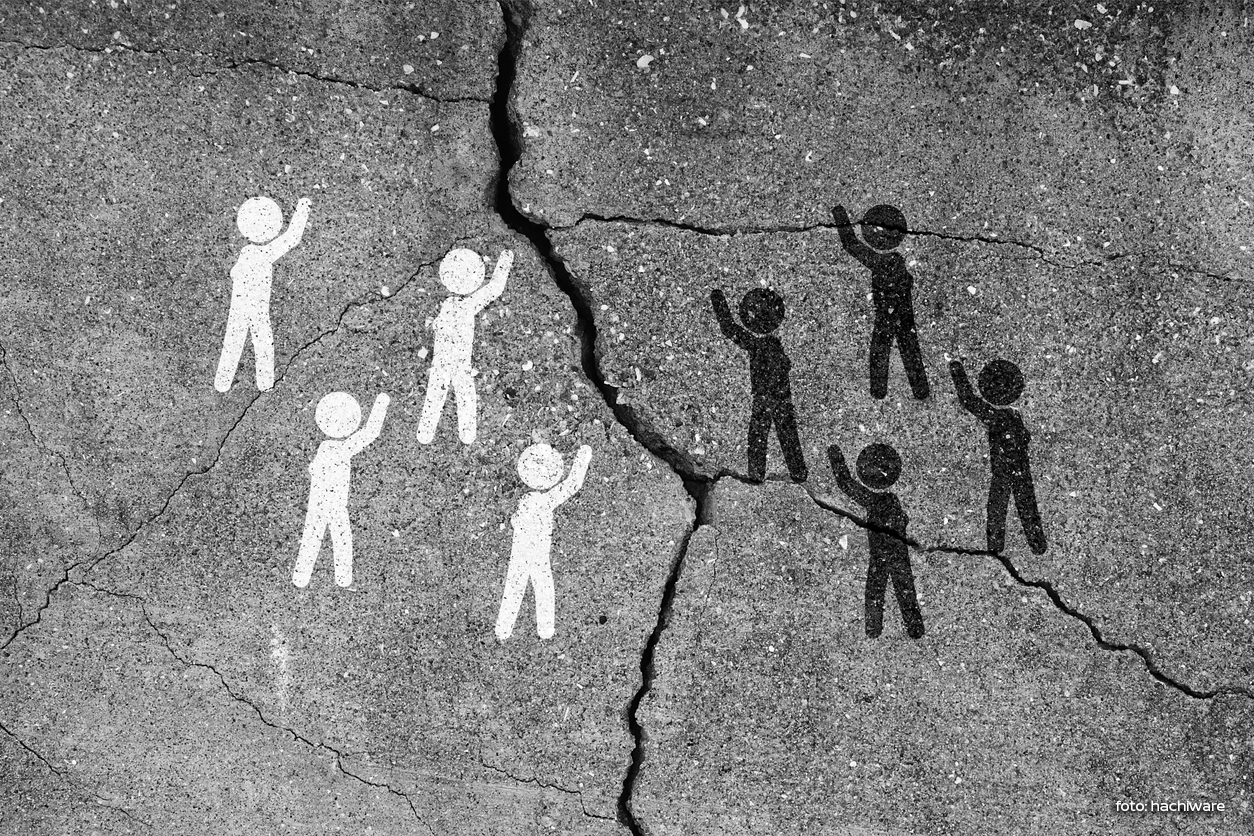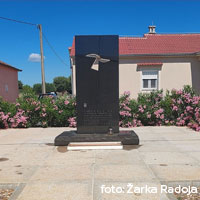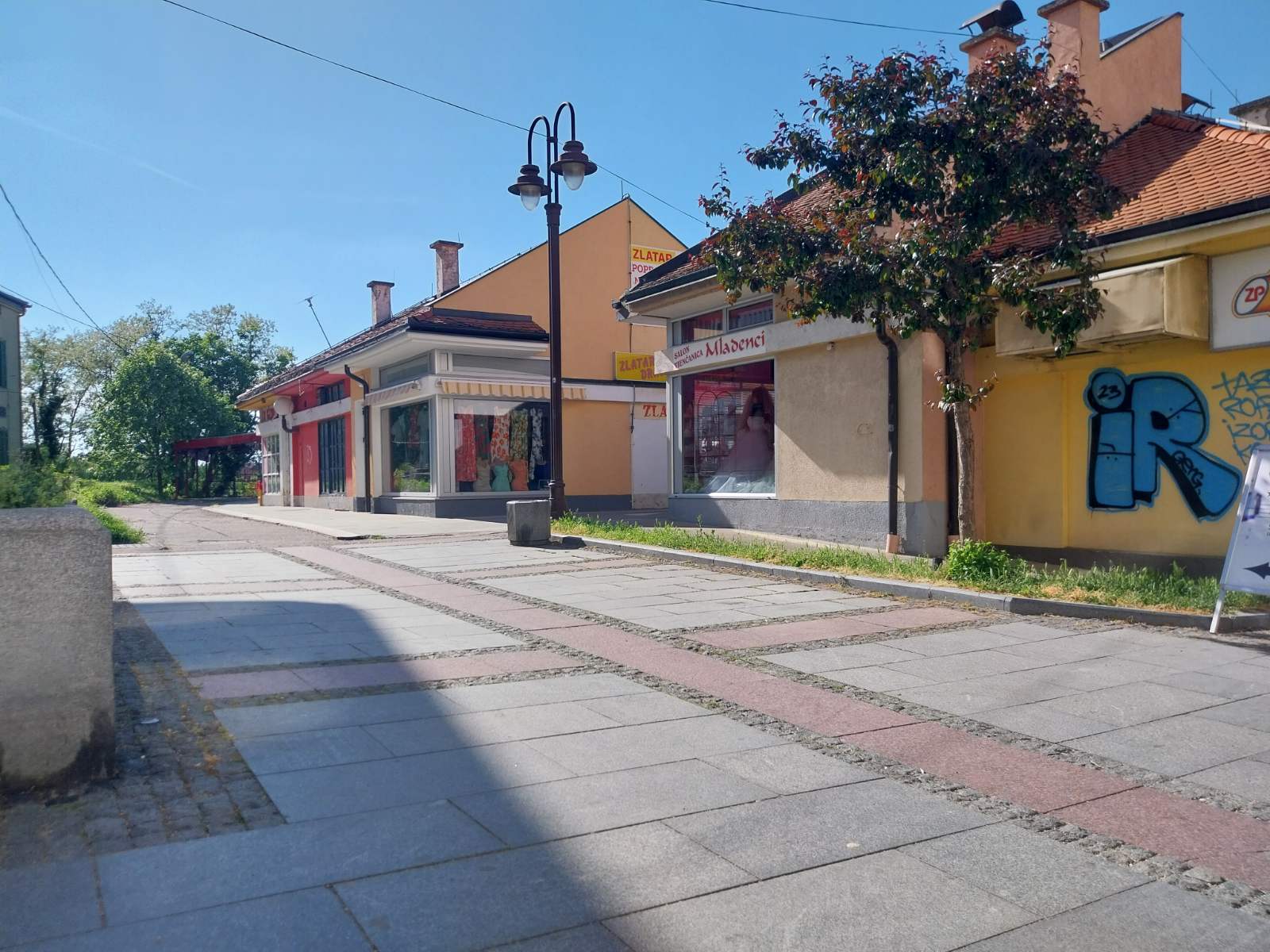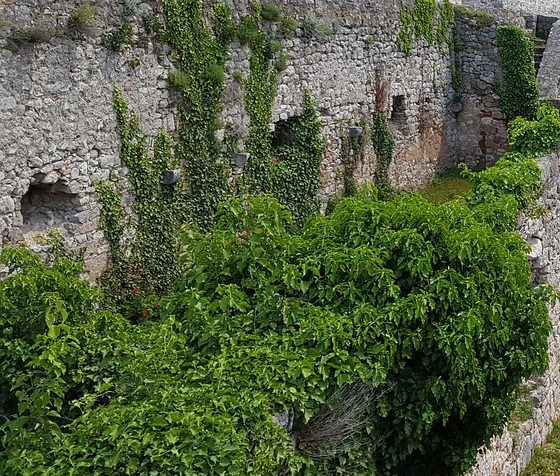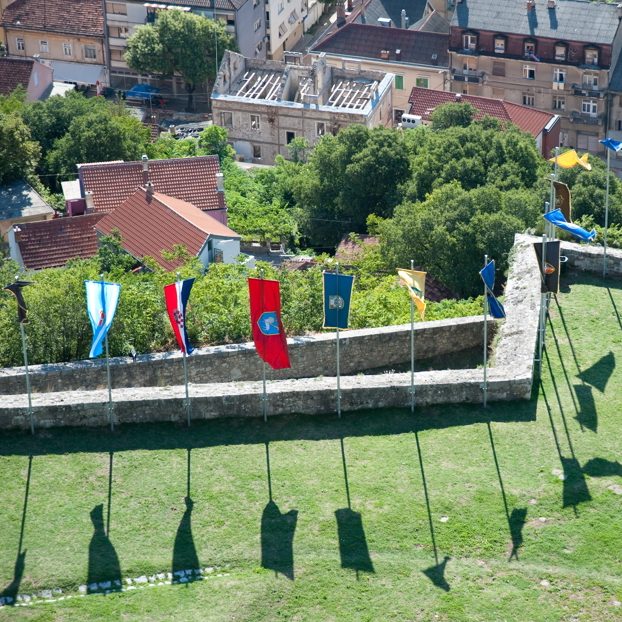By: Saša Ilić
Memory politics concerning the 1990s have for decades now remained unidirectional, invariably based on victimisation, and accompanied by the parallel construction of a new national identity. When politicians perceive an obstacle in that direction, or a deficiency in the production of the national identity built in all spheres, they intervene in public spaces or education, as has been seen in Sarajevo and Belgrade this month. In the former case, this has had to do with the memorialisation of the public space behind the Second High School in Sarajevo, just across a private primary school. A Russian T-55 tank captured by the “Bosnia” Special Forces Unit in May 1992 from the then Yugoslav People’s Army (YPA) is now placed there, following the initiative of Mayoress Benjamina Karić (B&H Social Democratic Party). Controversies surrounding the erection of this monument in Sarajevo’s “Safet Isović” Park continued for a long time, but since the mayoress was faced with re-election, a construction permit was somehow obtained. Thus, on September 16 a YPA armoured vehicle was dragged out of the archives of the war-time past and positioned in the centre of Sarajevo. The addition of five bronze figures of special unit members in full military gear was also announced, to dynamise the monument and convey a picture of the heroic war-time past to younger generations, primarily school children, who until recently had used the park to hang around in and play.
The problem of a perceived deficiency in education, redressed in Sarajevo by Mayoress Benjamina Karić with a public history lesson, is being tackled by the political elites in Serbia through an increased control of the past. The production of films such as Predrag Antonijević’s Dara from Jasenovac and a variety of other works thematising the Battle of Košare is aimed at enlightening the new generations. But it seems there can never be enough teaching aids and accessories of this kind. And that is how an idea arose similar to that patented by the Mayoress of Sarajevo: What is required is to haul a tank into every single classroom. This requirement is being met, for the moment, by means of a special textbook which was long in secret preparation, just as the Sarajevo Russian T-55 project was contemplated many years beforehand. Namely, the initial proposals to create special national textbooks for Serbian language, history and geography have been boiled down to a single compilation of combative texts called the ‘National Reader’.
Although the reading-book is primarily related to instruction in the mother tongue and literature, with selections of texts from national and world literature suitable for different age groups, there were also those addressing history and geography, the contents of which were intended to expand the basic knowledge acquired through lectures on these subjects. The National Reader differs from its predecessors in not being concerned with a single subject, but rather with all major subjects the political elite consider important for the stabilisation of the memory culture and construction of national identity, i.e. the Serbian language, Serbian literature, history, geography and the world around us – a subject known to us in junior school grades as learning about nature and society. There can be no doubt that the concept of this specific state-controlled textbook will primarily work to inculcate the “Serbian view” of the national past, with special emphasis on Serbia’s relations with its neighbours, especially during the years of turbulence and wars.
The Serbian Progressive Party elite have obviously recognised the ideal platform on which to pull out its own T-55 tank – the tank that was not captured but went on unobstructed to break through enemy lines and wreak havoc all over the former Yugoslavia. In that sense, the authors of the National Reader seek to fine-tune the mechanism of the Kosovo myth which transforms defeat into victory and persecution of others into response to unsettled scores from the past. Serbian prime minister Miloš Vučević started his term of office by clearly delineating the battlefield, with the tank’s engagement aimed at the “preservation of identity socialisation”. He emphasised that “we as a state must strengthen our roots and our foundations”, which was why “there can be no playing around with the most important topics in this field”.
This political teaching method, whether concerned with the memorialisation of public spaces in school zones or the compilation of texts for national education, rests on a common ground that gives rise to methodological questions concerning most importantly the understanding of the recent past: who is the culprit and who the victim, have all the debts been collected, and what still remains outstanding? Which is why a national reader is being prepared for four categories of pupils: 1) primary school first and second grades; 2) third and fourth grades; 3) fifth to eighth grades; and 4) secondary schools. It is understood that, after passing through these educational courses, the pupils will emerge as a nationally aware electorate primed to fulfil its civic duty of voting for the party which takes care of national identity, as well as ready to assume the new responsibility of compulsory military service, the motivation for which will be additionally developed at classes of the national reading of the past.
The law governing textbooks, passed in Serbia in 2023, defines them as mandatory teaching tools “to be used in order to develop personal and national identity, as well as an awareness and feeling of belonging to Serbia, and to foster respect for and to cherish the Serbian language, tradition and culture of the Serbian people”. This may be seen primarily as the implementation of a party programme merging the radicals’ understanding of the national past and the progressives’ projection of a future without responsibility. This combination, articulated through the National Reader, really excludes any form of play and free choice, as well as any fluidity of identity for any individual seeking affirmation in much wider formative frameworks.
The politicians thus engaged are convinced that interventions of this kind will mark a step forward in education, and promote greater acceptance of other national communities among the younger generations. Members of other national communities, however, may be rightly concerned, since this projection of the memory culture leaves scant room for cross-cultural encounters, mutual understanding and cohabitation. Playing grounds have been taken away from the very young, who are now from their first day at school forced to feel the cold metal of national identity, either when wandering amidst fighter figures and gun barrels, or while listening to lectures about camps and persecutions. The fact that there is no freedom sums up the message that the political elites of all sides actually seek to convey. And the fact that there is no freedom of election, is, in effect, the focal point of these political manoeuvres. Ushered into the arena of identity struggle, school children, including the youngest among them, will not only have to face issues far beyond their age and cognitive abilities, but also entire echelons of experts in specific subjects reduced by a political teaching methodology to mere tools of combat – to tanks or guns, which keep changing places in every stage of history, moving from the pedestal or the textbook to the frontline, and then back again into the archives of the one and only permissible past.
(photo: Dmitry Andreev, iStock)
